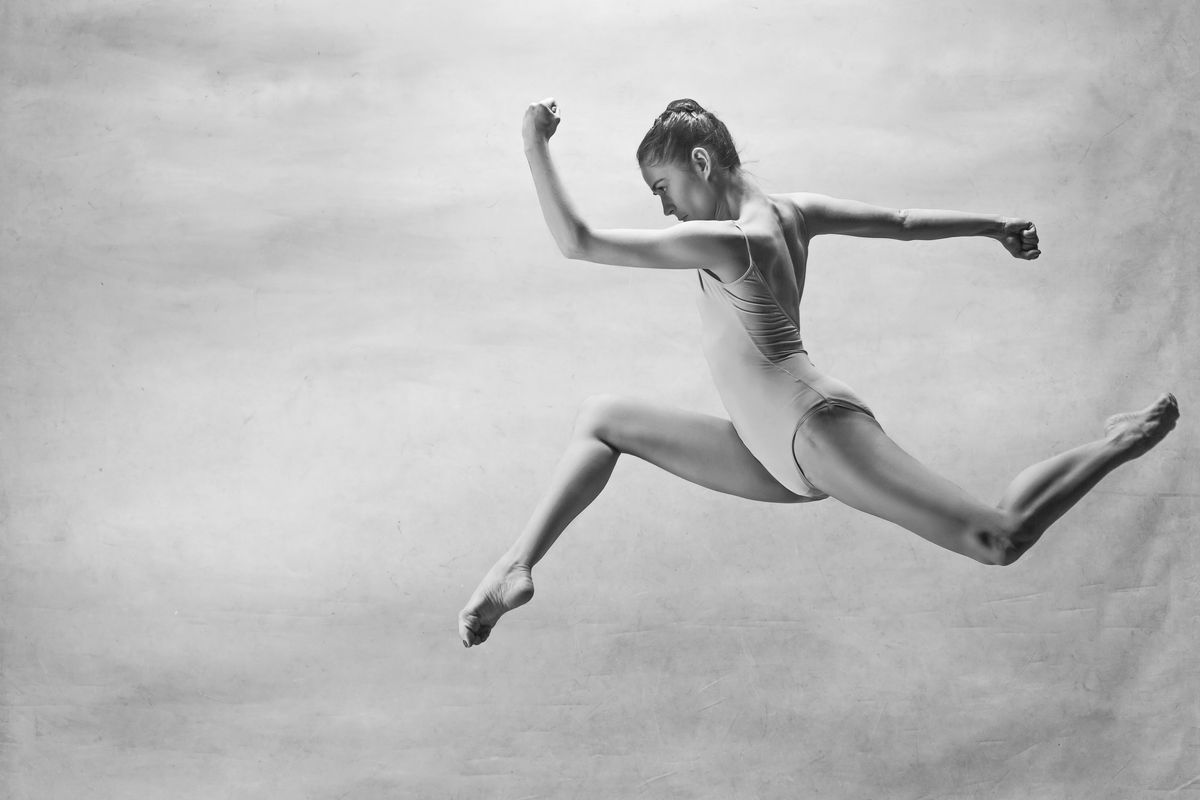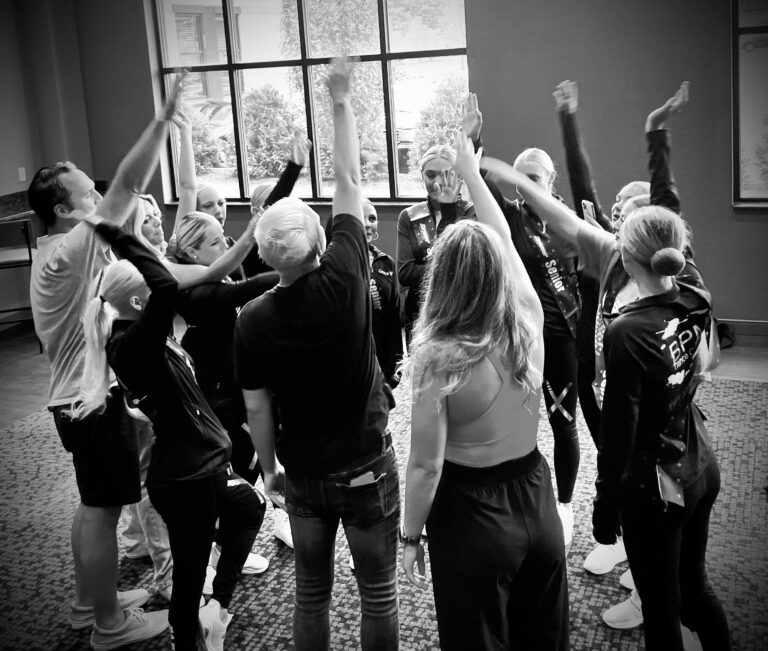
Once a dancer recovers from a foot or leg injury—usually via rest and physical therapy—it’s time for them to slowly reintegrate into class. They may ease in by taking barre or doing only the warm-up before working their way up to a full class, depending on how they feel and their physical therapist’s advice. One of the last movements to add back into a dancer’s regular practice is big jumps, since they require strength and control to take off and land safely.
But what if it didn’t have to be that way? New research suggests that using jumps as part of injury recovery could actually help dancers make a stronger return to training.
In a talk presented at the International Association for Dance Medicine & Science conference last October, physical therapists Emily Sandow and Sarah Edery-Altas of the Harkness Center for Dance Injuries at NYU Langone Orthopedic Hospital proposed incorporating into PT sessions the impetus for a jump (the stretch and then quick contraction of the muscles around the ankles, knees and hips required for takeoff) and eventually safely progress back to full jumps. “In dance rehab,” says Sandow, “we can introduce jumps at earlier stages so the dancer can start to recruit the specific muscles needed.” To let these movements go unpracticed during recuperation, the researchers say, makes it more of an uphill climb when a dancer returns to class and leaves them more vulnerable to re-injury.
“You gain an advantage by increasing fast response fibers early on,” says Marshall Hagins, physical therapist for Mark Morris Dance Group and senior clinical research associate at Harkness. Hagins wasn’t involved in the study but says it has yielded some practical and applicable results. If you can work on the quick stretch-shorten reflex while still doing strength-building exercises, he says, “why wouldn’t you do it?”
A measured approach to recovery
At Harkness Center’s biomechanics lab, Sandow and Edery-Altas had a dancer perform a series of tasks including jumping on a force plate to measure the amount of force the body absorbs during different movements. They grouped these movements into three categories.
Low force Walking, simple plié relevés, prancing and pushing off from a lunge apply a load equivalent to the dancer’s body weight. This means if a dancer has recovered enough to walk, she may be able to do other movements in the same category—like gentle prances through the feet, either standing or sitting in a chair. Prancing stimulates the quick stretch-shorten movement required for jumps without the full force of taking off and landing.
Moderate force If a dancer can run, a PT might consider having her skip, chassé or do small jumps on two feet, all of which impart force onto the body of about two times its weight. Sandow and Edery-Altas noted that dancers landed with less force doing a two-footed ballet sauté in first position than if they did a two-footed athletic squat jump, suggesting that the technique of landing by rolling through the feet (toe to heel) does, as you would guess, minimize impact.
Maximum force The greatest amount of force they studied—three to four times the body weight—is absorbed during jumps on one foot, from two feet to one foot and jumps that move, like a sissonne assemblé. (For the safety of participants, they did not test grand allégro jumps on the hard lab floor.) Movements like this should only be tried once a dancer has nearly regained her full strength.
Though further studies are needed, their analyses already offer helpful information for other PTs. The researchers see an opportunity to incorporate jumps and jump-like movements into injury recovery, provided care is taken to use correct alignment and not overload the muscles. This could involve jumps in a pool or jumps holding on to a barre to minimize the force of the landing.
“If you’re a practicing clinician, you find a handful of things that work, and you tend to do them over and over,” says Hagin. “Having an organized framework like this wakes people up, gives them new tools and helps them understand things in a new way.”




